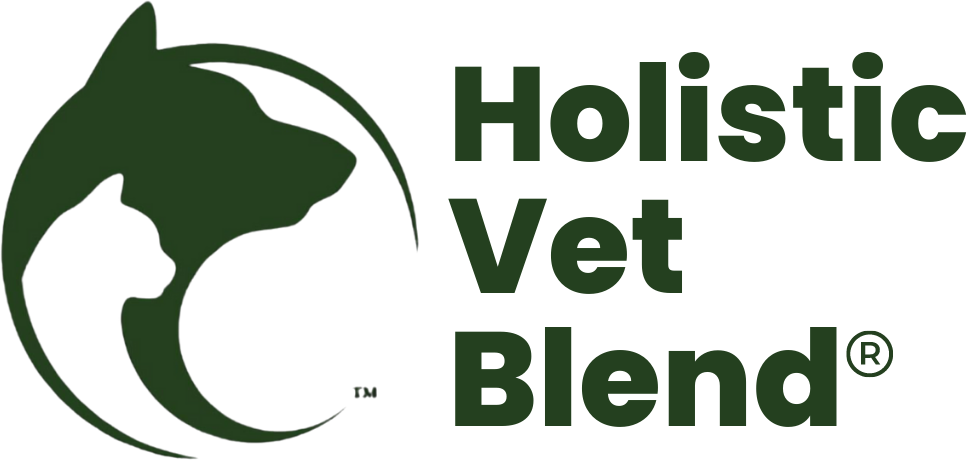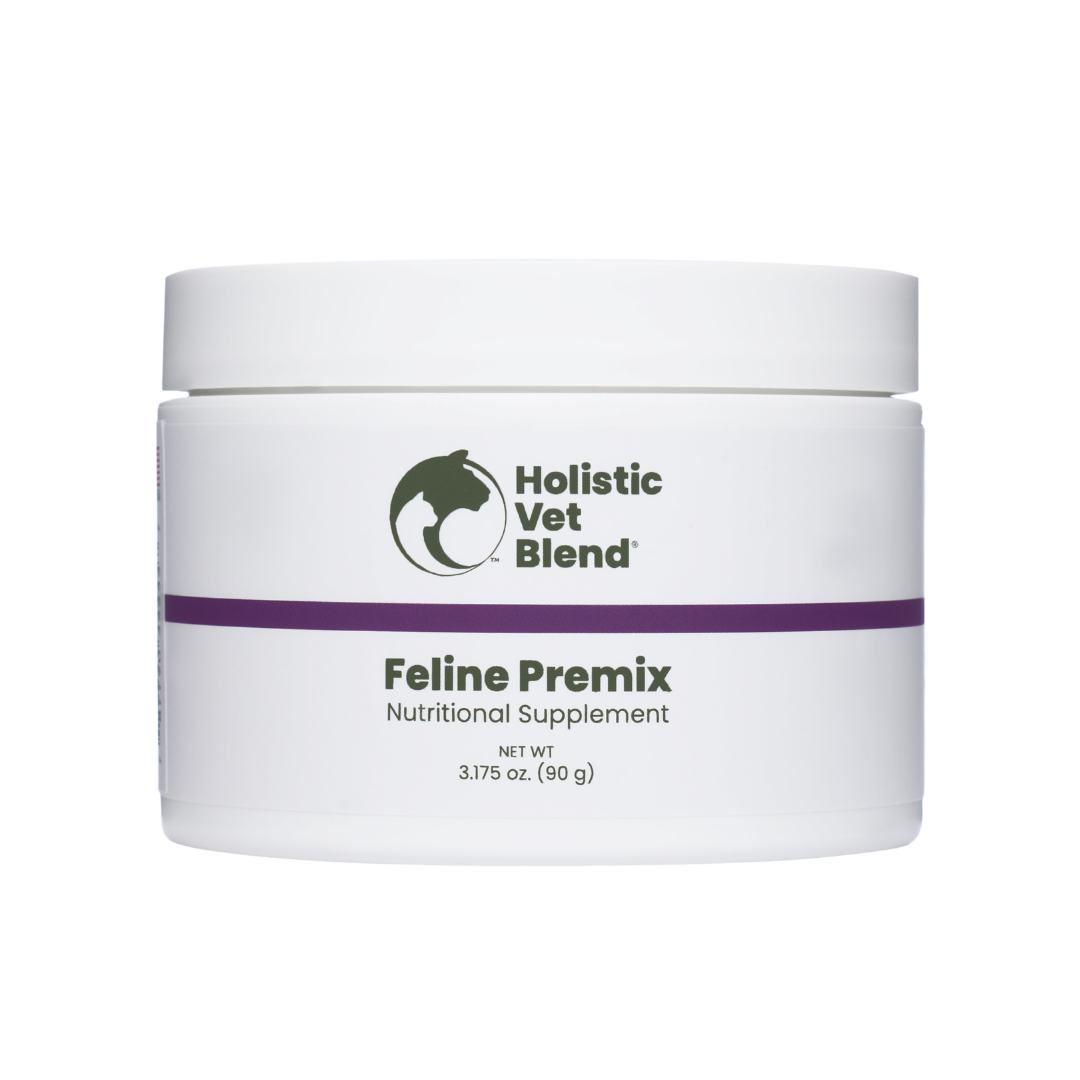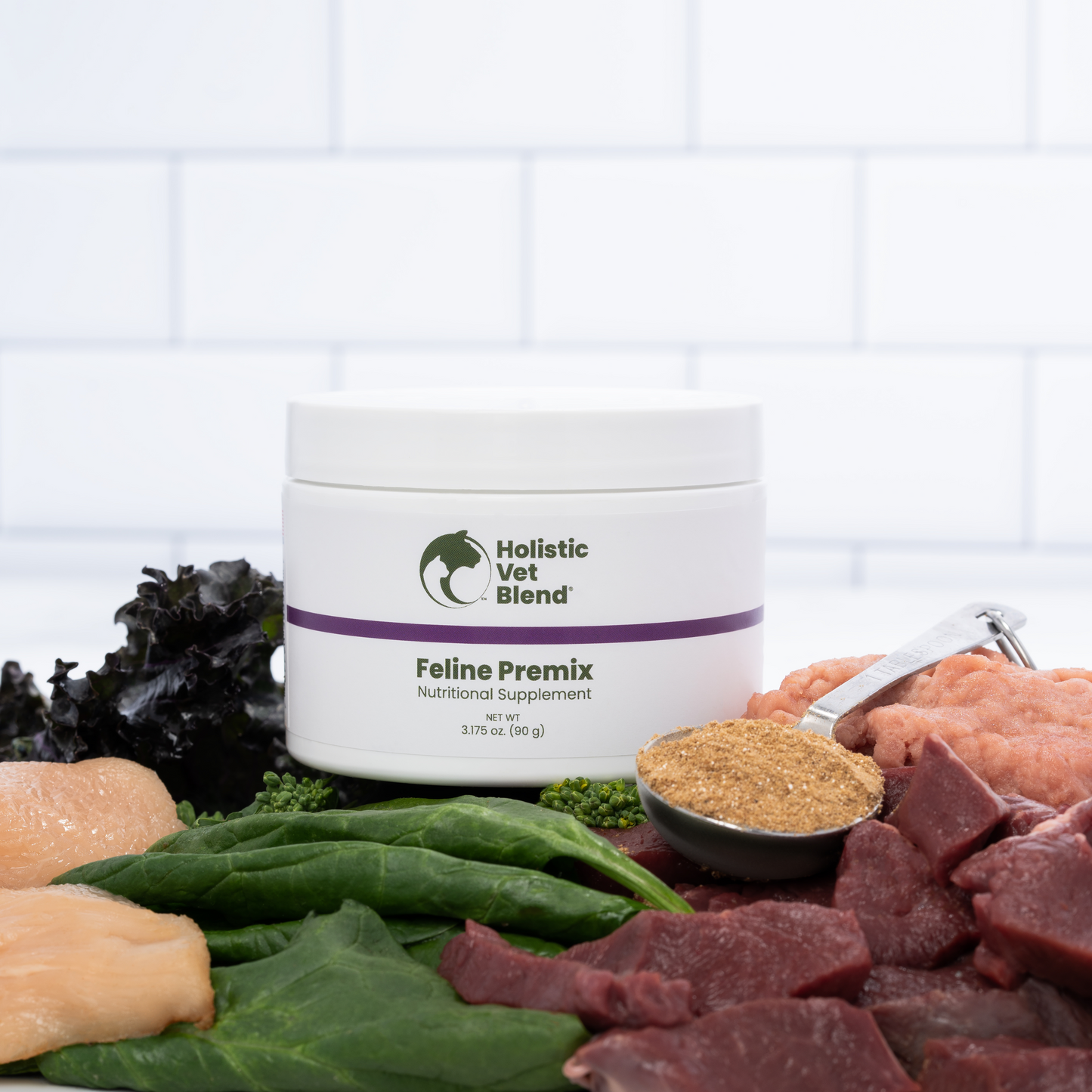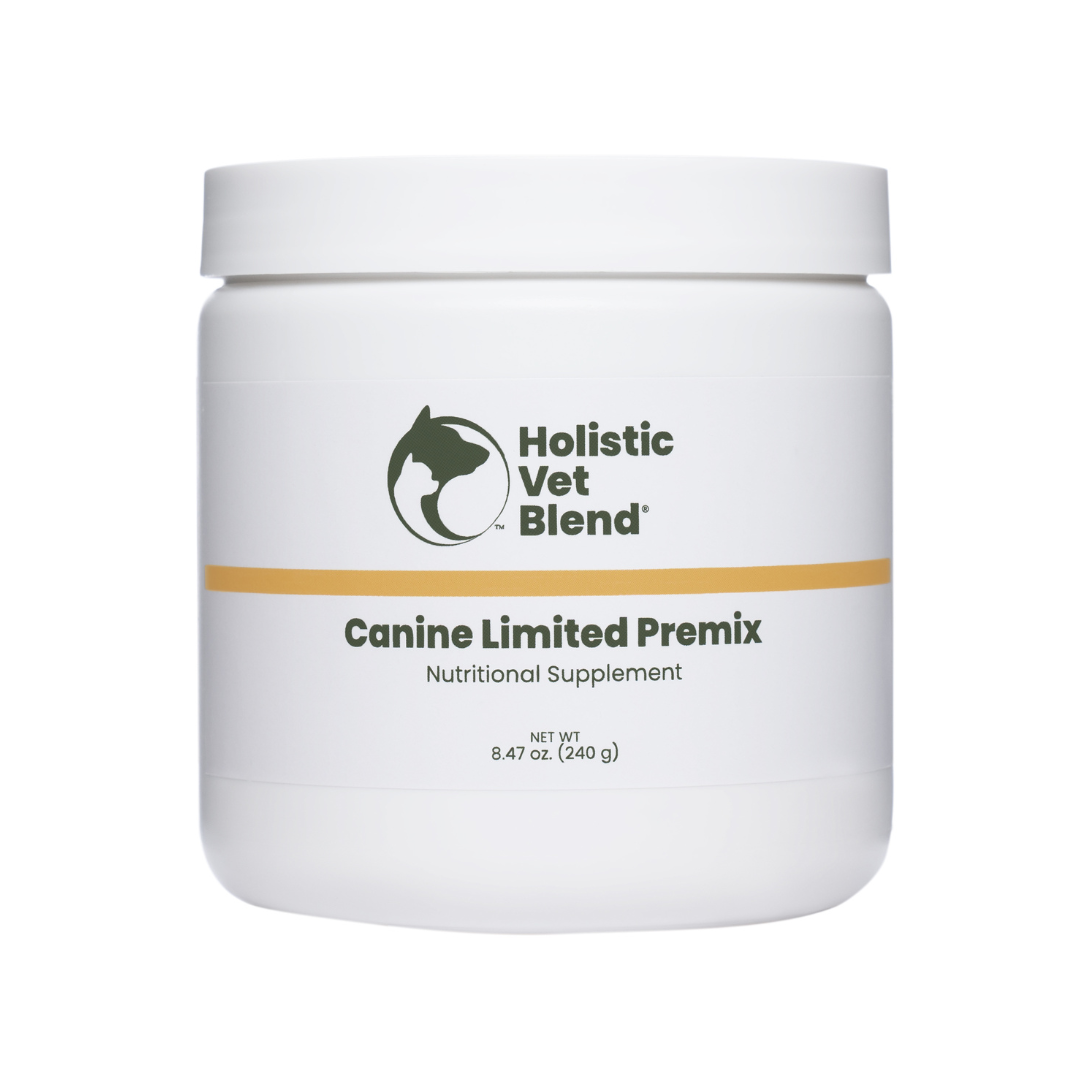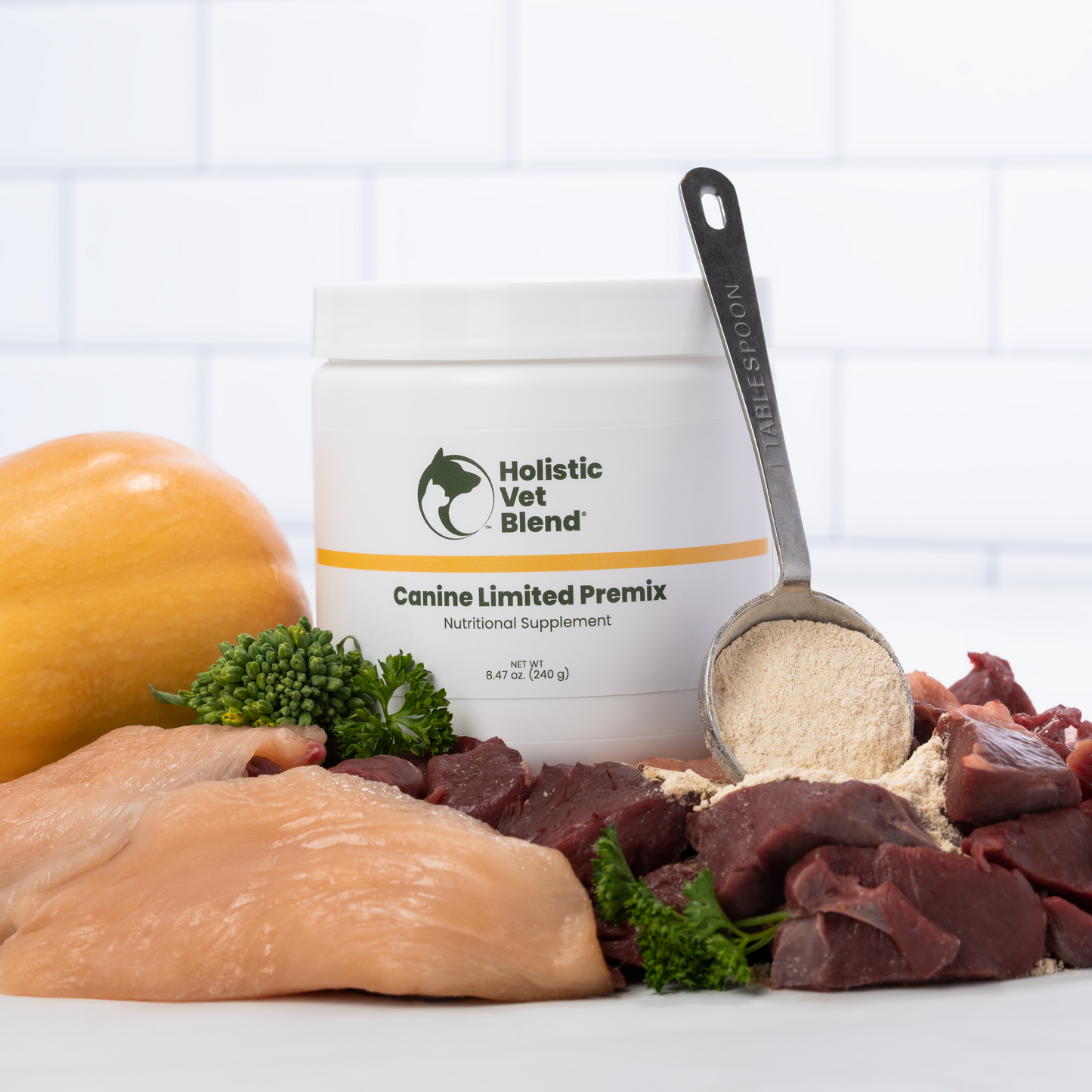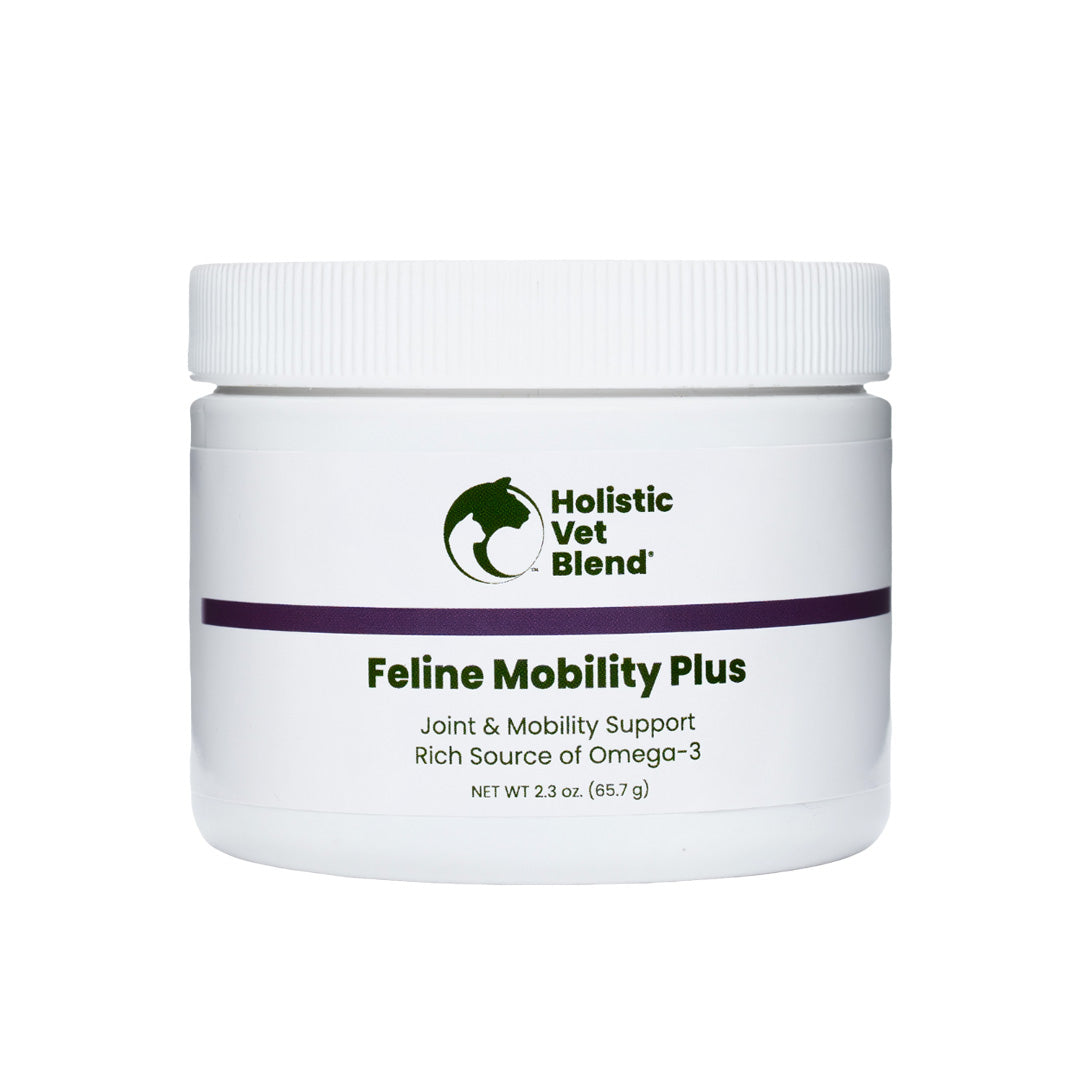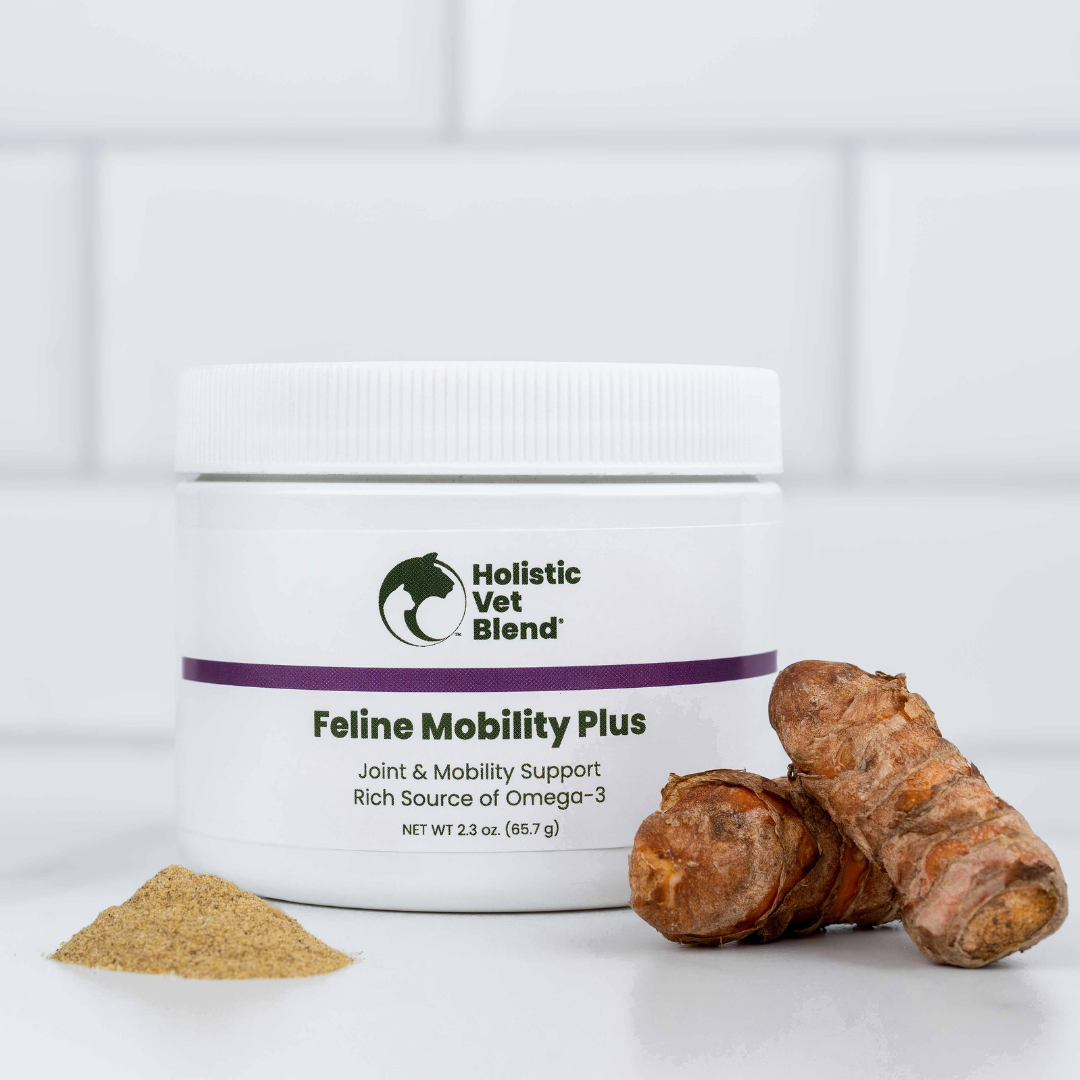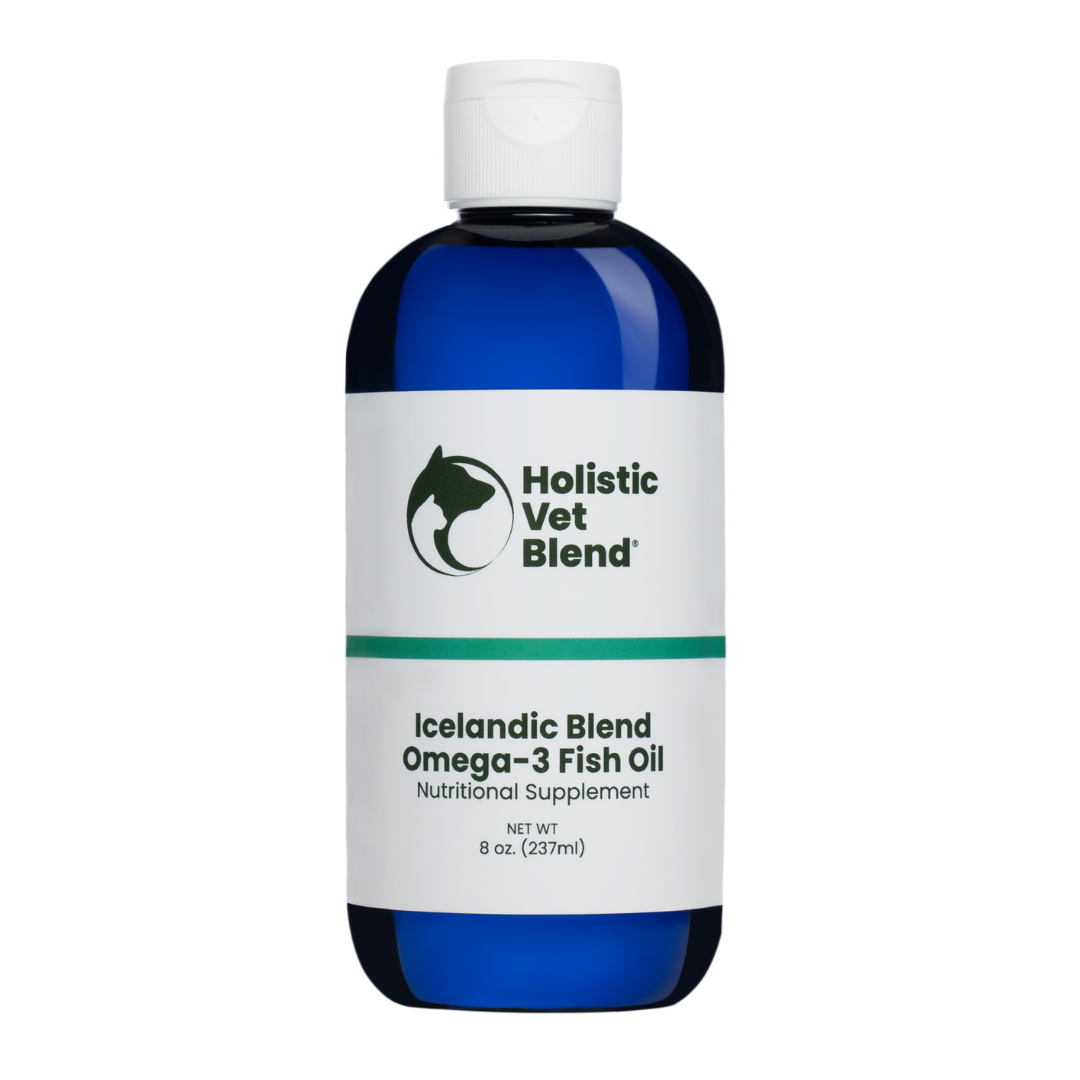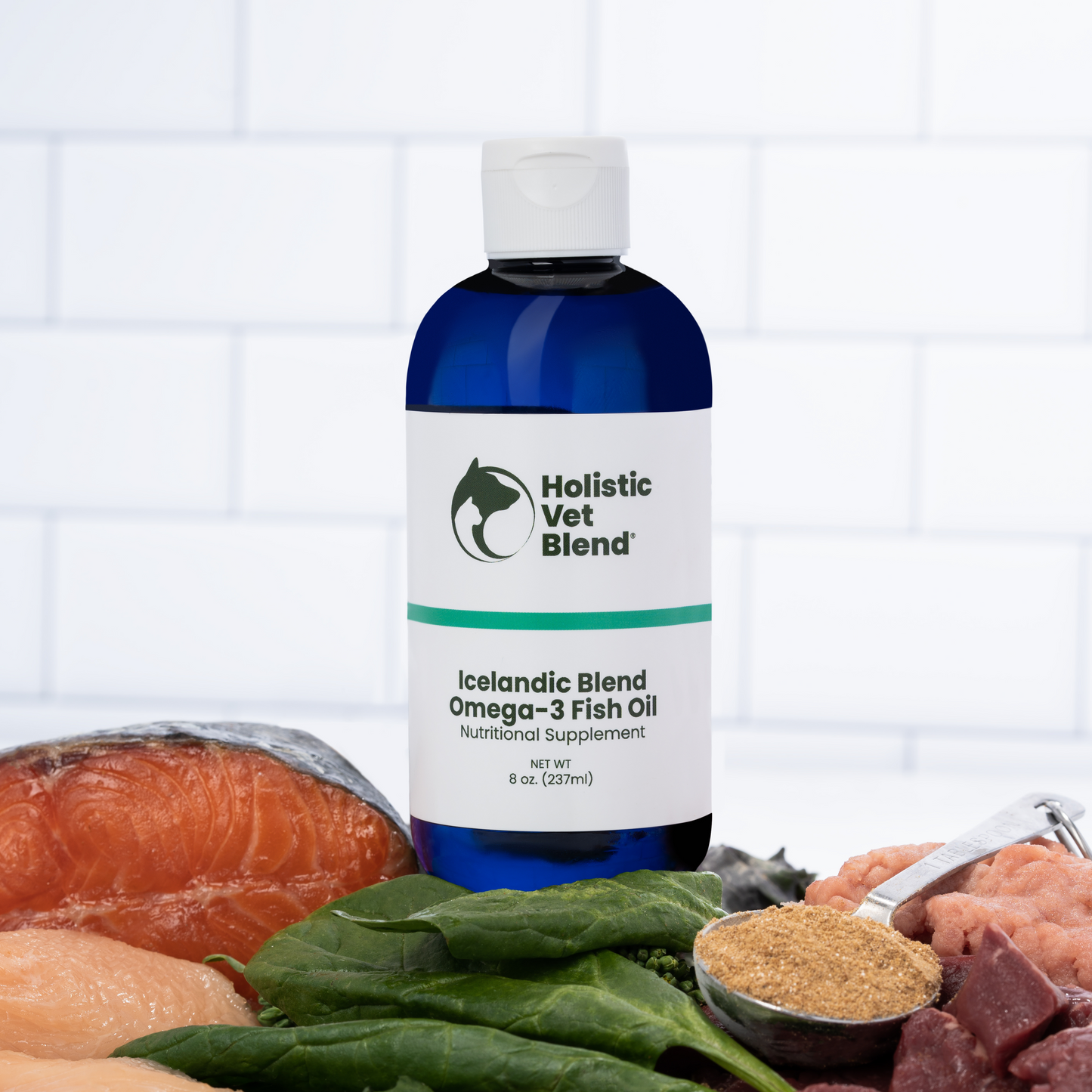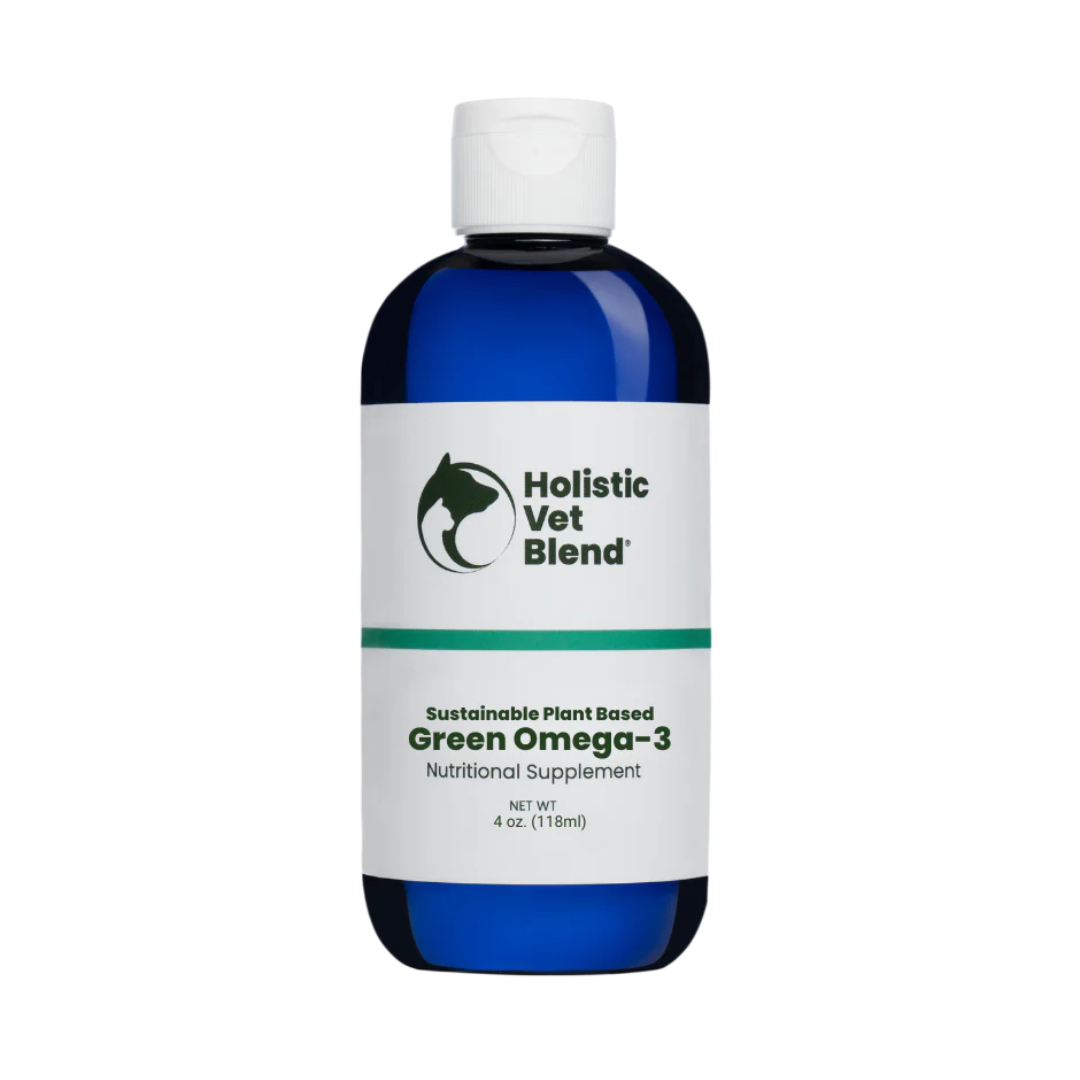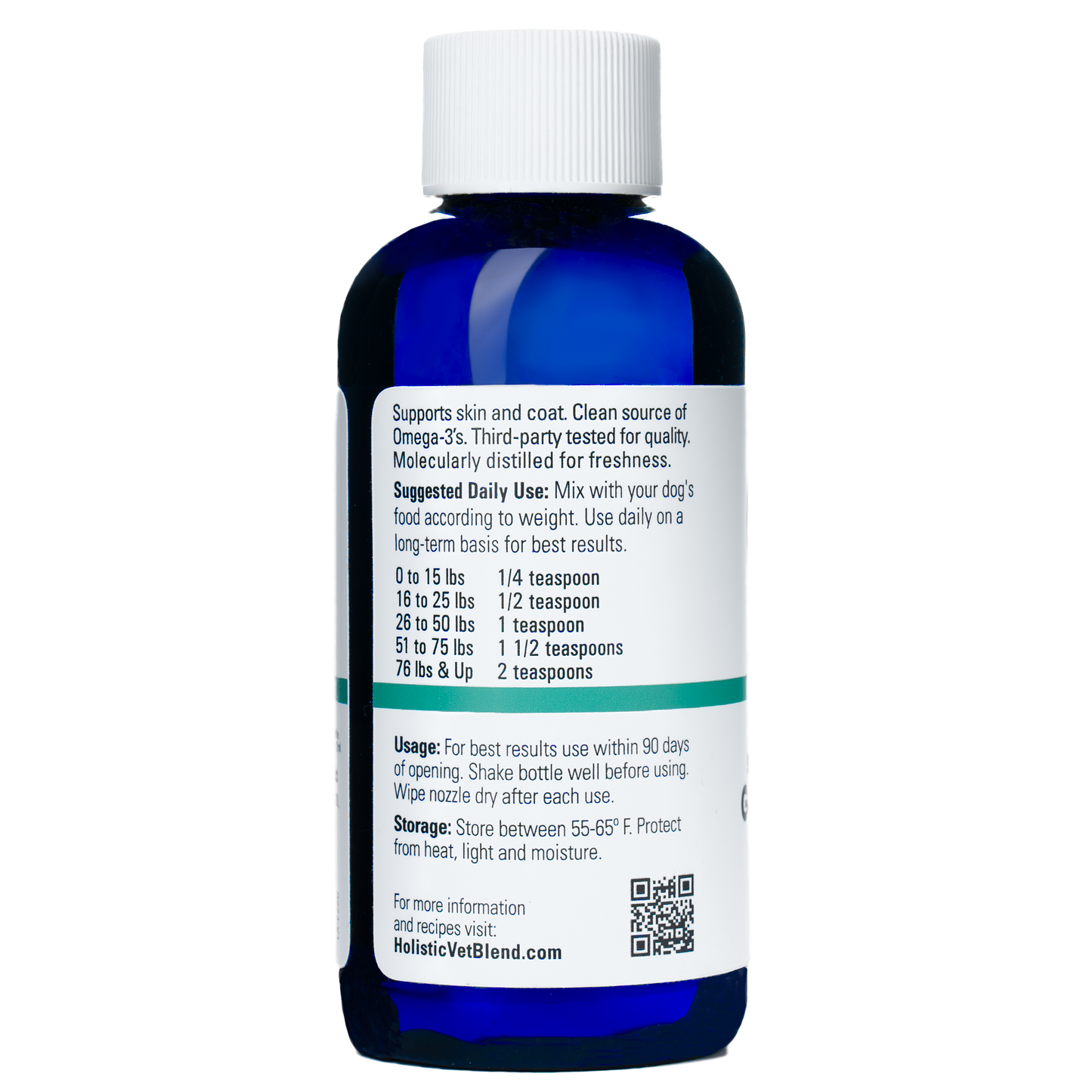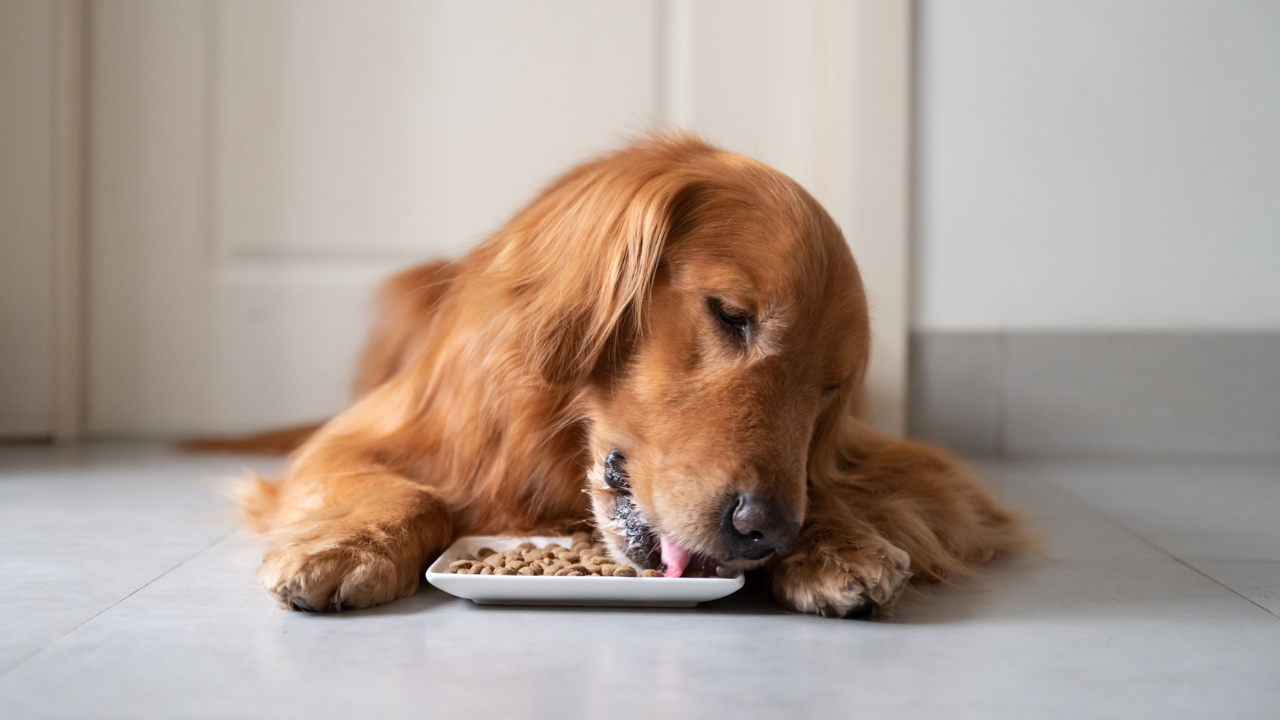
Key Highlights
There are no established nutrient requirements for senior dogs, despite their nutritional needs changing with age. In this blog post, we will highlight these changing needs and how dietary changes can be adjusted to support the aging process. One of the most notable is that senior dogs have a higher requirement for protein in their diet. Quality protein is essential because individuals tend to gain fat and lose muscle during this period, so restricting it can further worsen muscle loss. Of course, protein needs must be taken into consideration if there is evidence of advancing kidney disease.
They are also not as efficient at digesting and absorbing essential nutrients, such as B vitamins, as they age. Avoiding ultraprocessed foods is essential, as they have been linked to cognitive decline in humans, and the canine has been deemed a close model for comparison when it comes to dementia, as similar changes occur in the brain. Just as it is essential for us humans, minimizing store-bought ultraprocessed options whenever possible is optimal.
- Senior dogs have a higher requirement for high-quality protein in their diet.
- Avoiding ultraprocessed foods is essential, as they have been linked to cognitive decline.
- Find out the benefits of making homemade dog food for senior dog health.
- Get tips from a veterinarian that will help you move your pet to a new diet safely.
Introduction
As your older dog ages, their diet becomes even more important for immune system and metabolic health. Even a small change, such as introducing balanced homemade dog food to their kibble, can provide the best of both worlds: convenience and the nutritional benefits of minimally processed food. Many pet owners report increased energy and vitality, as well as an improved quality of life, when they switch their dog's food to homemade recipes.
Vet-Approved Homemade Senior Dog Food Recipes for Older Dogs
Making your own dog food at home lets you prepare meals that fit the unique nutritional needs of your older dog. When you use homemade dog food, you can pick out good proteins, easy-to-digest carbs, and rich vegetables that help your senior dog’s body. This way, you can help manage their weight, look after their joints, and also help with easy digestion.
Below, you will find a simple homemade dog food recipe that’s perfect for your furry friend. These meals can help boost antioxidants or calm a sensitive stomach. Each homemade dog food recipe is crafted to be both tasty and packed with the nutrients your senior dog needs. With these homemade meals, you can really meet the unique nutritional needs of your pet.
The Benefits of This Vet-Approved Recipe
This senior dog food recipe (homemade) uses strategic ingredients chosen for their functional benefits, free from common allergens:
|
Ingredient |
Why It’s Included |
|---|---|
|
85% lean ground turkey |
Easily digestible, low-fat protein to maintain muscle |
|
Eggs (2 whole) |
Complete protein with all essential amino acids; highly bioavailable |
|
Quinoa |
Complete plant-based protein + fiber for blood sugar balance |
|
Detoxifying sulforaphane + antioxidants for cellular health |
|
|
Prebiotic fiber + beta-carotene for gut and immune support |
|
|
Blueberries |
Anti-aging antioxidants for the brain, joints, and heart |
|
Coconut oil |
Medium-chain triglycerides (MCTs) are healthy fats that fuel brain and energy metabolism |
|
EPA/DHA for cognitive, joint, and cardiovascular health, including spinach for added nutrients. |
|
|
Adds calcium, taurine, fiber, trace minerals, and grass-fed beef liver for flavor + B vitamins |
Recipe: Homemade Senior Dog Food with Turkey, Quinoa, and Veggies
Yield: 14 cups
Feeding guide:
Ingredients:
- 3 lbs 85% lean ground turkey
- 2 whole eggs
- 1 ⅔ cups quinoa
- 3 ⅓ cups water (or bone broth)
- ¾ lb broccoli florets (~2 ½ cups)
- ¾ lb diced carrots (~2 cups)
- 2 Tbsp coconut oil
- 4 oz blueberries (or cranberries for bladder support)
- 2 tsp fish oil or algae oil
- 3 Tbsp Holistic Vet Blend Canine Regular Premix (per feeding chart)
One substitution could be using 5 cups of cooked brown rice or sweet potatoes instead of quinoa.
Why Use Holistic Vet Blend’s Canine Regular Premix?
Even the best homemade dog food recipes for senior dogs need supplementation to be complete. Holistic Vet Blend’s Canine Regular Premix ensures:
- Balanced calcium-phosphorus ratios
- Essential taurine for heart health
- Pumpkin and psyllium husk for microbiome + GI support
- Grass-fed beef liver for flavor and B vitamins
- Trace minerals for cellular function, immunity, and longevity
No more guessing. Just cook, cool, mix—and serve with confidence.
Veterinarian Formulated Senior Dog Nutrition: What the Research Says
Veterinary nutrition guidelines recommend the following for senior dogs:
- Higher-quality protein to preserve lean mass (not less!)
- Essential fatty acids (EPA/DHA) to reduce inflammation
- Functional fiber for gut and bowel health
- Controlled calories to maintain a healthy weight, which contributes to arthritis
- Digestibility is critical—minimize filler and ultra-processed ingredients
This homemade senior dog food recipe checks all the boxes—and gives your pup real, nourishing food in every bowl.
Step-by-Step Instructions
1. Cook the Quinoa First
In a saucepan, combine quinoa + water (or bone broth). Bring to a boil, reduce to low, cover, and cook per package directions (~15 minutes).
Pro Tip: Cook your quinoa in low-sodium bone broth instead of water to add flavor, gut-healing collagen, and joint-supporting nutrients.
2. Brown the Turkey + Eggs
In a large skillet, heat coconut oil over medium. Add ground turkey and sauté for ~6–8 minutes. When it’s almost fully cooked (last 2 minutes), crack in the eggs, stir, and cook through.
3. Steam Veggies
Steam carrots and broccoli together for about 12 minutes or until fork-tender. This helps improve digestibility while preserving nutrients.
4. Combine + Smash the Berries
In a large bowl, combine the turkey/egg mixture, steamed veggies, and cooked quinoa. Add blueberries and gently smash their skins with a fork—this makes them easier for dogs to digest.
5. Cool + Add Premix + Oils
Allow the mixture to cool to room temperature. Add Holistic Vet Blend Regular Premix (as directed by weight) and the fish/algae oil. Mix thoroughly.
Vet Guidance for Switching Your Senior Dog to Homemade Meals
Your veterinarian will prioritize feeding a balanced diet to your senior pet. Without a balanced diet, it is impossible to determine if a homemade diet is suitable for your dog's health conditions. If you want to switch from commercial dog food, you need to plan well so your dog gets all the nutrients they need to stay healthy. Although avoiding ultraprocessed is best for our pets, just as it is for us, doing a combination is certainly a step up from an entirely kibble diet.
Transitioning from Kibble to Homemade
You can always prepare and freeze small portions to be added to your dog's regular diet. Otherwise, the following guide to transitioning may be helpful:
Switch gradually over 7–10 days:
- Start with 25% homemade, 75% regular food.
- Increase by 25% every 2–3 days.
- Monitor digestion and energy levels. Adjust as needed.
Most senior dogs show visible improvements in just a few weeks—better digestion, more energy, shinier coat, and increased enthusiasm for meals.
Tips for a Gradual Transition from Commercial to Homemade Food
An abrupt change in your dog's diet can upset their stomach. This can make them have diarrhea or throw up. The best way to switch to homemade food is to make the change slowly over 7 to 10 days. This helps your dog’s body get used to the new diet.
Start by combining a small amount of the homemade food with the old food. Watch your dog’s appetite and stool quality as you make the change. If your dog seems fine, then keep adding more homemade food and less old food each time.
Follow these easy steps to help your dog adjust well:
- Days 1-3: Give 25% homemade food and 75% old food.
- Days 4-6: Mix half homemade food with half old food.
- Days 7-9: Give 75% homemade food with 25% old food.
- Day 10: Feed only the homemade food.
Feeding Your Senior Dog the Right Amount
As dogs enter their senior years, their metabolism naturally slows down, and they often need fewer calories to stay at a healthy weight. Feeding too much can lead to weight gain and strain their joints and organs, while feeding too little can cause loss of muscle and energy.
Your veterinarian can help you determine the ideal daily calorie intake for your dog by considering their breed, weight, and activity level. Once you know how much to feed, consistency becomes key.
Preparing fresh meals in advance can make it easier to stay on track. Cook larger portions of your dog’s balanced food, then divide them into single servings and store them in the refrigerator or freezer. This simple habit helps ensure your senior dog enjoys fresh, nourishing meals every day—without extra effort at dinnertime.
Here are some tips to help you serve meals:
- Use silicone molds to freeze portions.
- Add a little warm water to the food just before serving. This helps improve the smell and taste.
- Split the meals into two or three times a day. This helps with your dog’s digestion.
- Store the cooked food in the refrigerator for 3-4 days. You can also freeze the rest in airtight containers or silicone molds for 3-4 months.
Conclusion
Preparing homemade meals for your senior dog is one of the most meaningful ways to support their changing nutritional needs. Fresh, thoughtfully balanced food made with lean proteins, colorful vegetables, and healthy fats can help maintain muscle, support digestion, and promote overall vitality.
Homemade diets also allow you to tailor ingredients to your dog’s unique age, health, and preferences—something commercial diets can’t always do. While making the switch can feel intimidating at first, start gradually and stay consistent. Many pet parents notice their dogs have more energy, brighter eyes, and improved mobility once they adjust to fresh food made with care.
Frequently Asked Questions
What homemade dog food is best for picky senior dogs?
For senior dogs that are picky eaters and may have dental issues, homemade food can really make a difference. Warming their food slightly brings out the aroma and makes them more likely to eat.
How do I ensure homemade food meets my senior dog’s nutritional needs?
Homemade meals can be an excellent way to care for your senior dog, but it’s essential to make sure those meals provide complete and balanced nutrition. As dogs age, their nutritional needs change, requiring more high-quality protein, essential fatty acids, and easily absorbed vitamins and minerals.
Most homemade diets benefit from the addition of a vitamin-mineral premix. Holistic Vet Blend® supplements are designed to fill the nutritional gaps that fresh food alone can’t meet, ensuring your senior dog receives the right balance of nutrients for healthy joints, cognitive function, and immune support.
By combining wholesome, home-prepared ingredients with a high-quality premix, you can confidently feed your senior dog a diet that supports vitality and longevity—made with love and veterinarian and PhD animal nutritionist-guided formulation.
